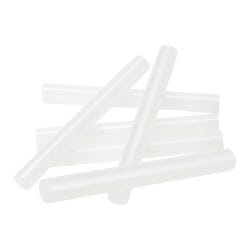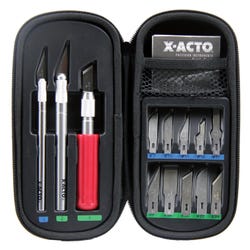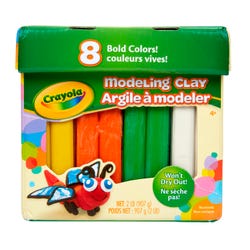Observe and Invent: Creative Microbiology in Clay
.jpg)
Description
Lesson Plan and Artwork by Kathryn Cahill
Cell and bacterial sculptures were created with help from Mr. Scott Whetherholt and his science students at Focus Learning Academy Southwest in Columbus, Ohio. This hands-on interdisciplinary project combines the tradition of scientific observation with artistic invention. Honor the beauty of the microbiology by looking closely at natural materials. Document and model collected visual data using modeling clay. Share your research in a creative way: Invent and sculpt a new molecule or microbiological system. Explain how the invention could change the natural world.
Objectives
- Observe and document biological specimens under a microscope.
- Learn and understand basic cellular structures and systems.
- Use modeling clay to sculpt observations and collect data.
- Invent and sculpt new and creative pieces to display.
- Present art and research to a community.
Supplies Needed
Crayola® Modeling Clay, Classic Colors, Set of 8
Crayola® Modeling Clay, Pastel Colors, Set of 8
Crayola® Modeling Clay, Neon Colors, Set of 8
Crayola® Modeling Clay, Natural Colors, Set of 8
Crayola® Modeling Clay, Bold Colors, Set of 8
Crayola® Acrylic Paint, Light Green, 1 pint bottle
Crayola® Flat Big Paintbrush Set, 4 3/4", Set of 4
Xiem Double Ended Carving Tool Set, Stainless Steel, Set of 9
Pacon® Foam Core Board, White, 22" x 28" x 3/16", Carton of 5
Pacon® Foam Core Board, Black, 22" x 28" x 3/16", Carton of 5
X-acto Knives, Set of 3
Full size standard dual temperature glue gun, Blue, 60 W
All Temperature Glue Stick, Regular Round, Clear, 7/16" x 4", Pack of 6
*Here are the supplies needed for this lesson plan for reference. Find a convenient carousel of shoppable products for this lesson below.
Standards
Standard #1: Generated and conceptualize artistic ideas and work.
Standard #11: Relate artistic ideas and works with societal, cultural and historical context to deepen understanding.
Instructions
1
Collect round lids, containers, organizers, palettes or petri dishes to hold observational and creative artwork. Collaborate with a scientist to help your students understand cellular systems and functions. Obtain visual reference materials, including microscopes and slides, photographs, posters and .jpg files.
2
Demonstrate mixing tones, shades and additional clay colors without waste. Explain how complementary colors create browns and how dark colors should be added to lighter colors in small amounts. Knead the clay in your hand to mix unique colors or even choose to disallow mixing clay colors to avoid collecting an excess of muddy colors. Allow students the opportunity to practice using modeling clay and professional sculpting tools. To increase the challenge demonstrate making a scale sculpture. Emphasize the importance of observation and attention to detail when creating scientific models. Explain that they are collecting visual data that will be used in the future. Artistic elements like line, value and texture give the viewer more accurate data.
3
Students learn the functions of individual parts and their contributions to larger biological systems. Students ask themselves "What if?" and invent new parts and systems from their existing data. Students combine existing pieces or sculpt advanced models to illustrate their unique ideas. Final documents of gained knowledge can be made in very creative ways, including visual storytelling, educational or sales presentations, posters displays, comic-book style "cells" and even clay animation.







